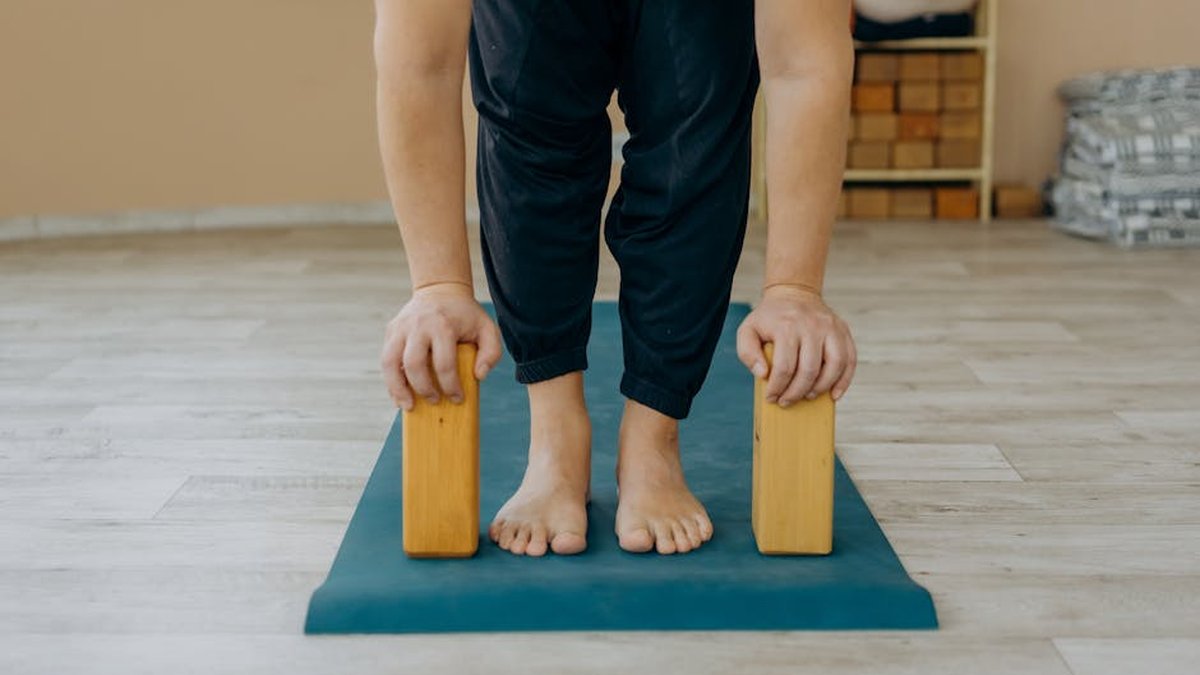Strength Training for Seniors: Building Muscle and Maintaining Mobility
Why Strength Training is Crucial for Seniors
As we age, we naturally lose muscle mass and bone density, a process known as sarcopenia and osteoporosis. This can lead to decreased strength, balance problems, and an increased risk of falls. However, strength training can effectively combat these age-related changes, helping seniors maintain their independence and enjoy a higher quality of life.
Strength training, also known as resistance training, involves using weights, resistance bands, or even your own body weight to challenge your muscles. This stimulation prompts your body to build and maintain muscle mass, improve bone density, and enhance overall physical function.
Benefits of Strength Training for Older Adults
The advantages of strength training for seniors extend far beyond just building muscle. Here are some key benefits:
- Increased Muscle Mass and Strength: Helps combat sarcopenia and improves physical performance.
- Improved Bone Density: Reduces the risk of osteoporosis and fractures.
- Enhanced Balance and Coordination: Lowers the risk of falls and injuries.
- Improved Mobility and Flexibility: Makes everyday activities easier and more enjoyable.
- Better Cardiovascular Health: Contributes to a healthy heart and blood vessels.
- Improved Mood and Cognitive Function: Can help reduce symptoms of depression and improve memory.
- Increased Independence: Allows seniors to maintain their ability to perform daily tasks and live independently.
Getting Started with Strength Training
Before starting any new exercise program, it’s crucial to consult with your doctor to ensure it’s safe for you. They can assess your overall health and provide personalized recommendations.
Choosing the Right Exercises
Focus on exercises that work major muscle groups, such as:
- Legs: Squats, lunges, calf raises
- Back: Rows, lat pulldowns
- Chest: Push-ups (modified on knees if needed), chest press
- Shoulders: Overhead press, lateral raises
- Arms: Bicep curls, tricep extensions
- Core: Planks, abdominal crunches
Start with bodyweight exercises and gradually progress to using light weights or resistance bands as you get stronger.
Proper Form is Key
Maintaining proper form is essential to prevent injuries. If you’re unsure about the correct technique, consider working with a qualified personal trainer who can guide you. Focus on slow, controlled movements and avoid using momentum to lift the weight.
Frequency and Intensity
Aim for strength training sessions 2-3 times per week, with at least one day of rest in between. Start with 1-2 sets of 8-12 repetitions for each exercise. As you get stronger, you can gradually increase the number of sets and repetitions.
The weight or resistance should be challenging enough that you feel fatigued by the last few repetitions, but not so heavy that you can’t maintain proper form.
Practical Tips for Success
- Warm-up before each workout: Include 5-10 minutes of light cardio, such as walking or marching in place, and dynamic stretches.
- Cool-down after each workout: Include 5-10 minutes of static stretches, holding each stretch for 20-30 seconds.
- Listen to your body: Don’t push yourself too hard, especially when you’re just starting out. Rest when you need to and stop if you feel any pain.
- Stay hydrated: Drink plenty of water before, during, and after your workouts.
- Make it a habit: Schedule your workouts into your week and stick to them as much as possible.
- Find a workout buddy: Exercising with a friend can provide motivation and support.
- Consider professional guidance: A physical therapist or certified personal trainer can create a safe and effective exercise program tailored to your individual needs.
Conclusion
Strength training is a powerful tool for seniors to maintain their physical function, independence, and overall well-being. By incorporating strength training into your routine, you can build muscle, improve bone density, enhance balance, and enjoy a higher quality of life. Remember to consult with your doctor before starting any new exercise program and prioritize proper form to prevent injuries. Start slowly, be patient, and celebrate your progress along the way. You’re never too old to start strength training and reap the incredible benefits it has to offer!






